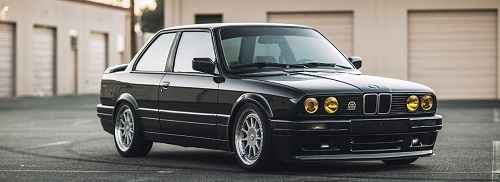Ok, so I got the set of Alpinas from Pasha. I am still trying to decide whether I can live with the powdercoated gunmetal color.
If I decide to "fix" them, should I try and have the current color removed, or am I better off just to prep the surface and have them re-sprayed?
How would you go about removing the powdercoat finish? Media blasting? Chemical stripper?
Anyone know?
If I decide to "fix" them, should I try and have the current color removed, or am I better off just to prep the surface and have them re-sprayed?
How would you go about removing the powdercoat finish? Media blasting? Chemical stripper?
Anyone know?



Comment